Travelers 2010 Annual Report Download - page 171
Download and view the complete annual report
Please find page 171 of the 2010 Travelers annual report below. You can navigate through the pages in the report by either clicking on the pages listed below, or by using the keyword search tool below to find specific information within the annual report.-
 1
1 -
 2
2 -
 3
3 -
 4
4 -
 5
5 -
 6
6 -
 7
7 -
 8
8 -
 9
9 -
 10
10 -
 11
11 -
 12
12 -
 13
13 -
 14
14 -
 15
15 -
 16
16 -
 17
17 -
 18
18 -
 19
19 -
 20
20 -
 21
21 -
 22
22 -
 23
23 -
 24
24 -
 25
25 -
 26
26 -
 27
27 -
 28
28 -
 29
29 -
 30
30 -
 31
31 -
 32
32 -
 33
33 -
 34
34 -
 35
35 -
 36
36 -
 37
37 -
 38
38 -
 39
39 -
 40
40 -
 41
41 -
 42
42 -
 43
43 -
 44
44 -
 45
45 -
 46
46 -
 47
47 -
 48
48 -
 49
49 -
 50
50 -
 51
51 -
 52
52 -
 53
53 -
 54
54 -
 55
55 -
 56
56 -
 57
57 -
 58
58 -
 59
59 -
 60
60 -
 61
61 -
 62
62 -
 63
63 -
 64
64 -
 65
65 -
 66
66 -
 67
67 -
 68
68 -
 69
69 -
 70
70 -
 71
71 -
 72
72 -
 73
73 -
 74
74 -
 75
75 -
 76
76 -
 77
77 -
 78
78 -
 79
79 -
 80
80 -
 81
81 -
 82
82 -
 83
83 -
 84
84 -
 85
85 -
 86
86 -
 87
87 -
 88
88 -
 89
89 -
 90
90 -
 91
91 -
 92
92 -
 93
93 -
 94
94 -
 95
95 -
 96
96 -
 97
97 -
 98
98 -
 99
99 -
 100
100 -
 101
101 -
 102
102 -
 103
103 -
 104
104 -
 105
105 -
 106
106 -
 107
107 -
 108
108 -
 109
109 -
 110
110 -
 111
111 -
 112
112 -
 113
113 -
 114
114 -
 115
115 -
 116
116 -
 117
117 -
 118
118 -
 119
119 -
 120
120 -
 121
121 -
 122
122 -
 123
123 -
 124
124 -
 125
125 -
 126
126 -
 127
127 -
 128
128 -
 129
129 -
 130
130 -
 131
131 -
 132
132 -
 133
133 -
 134
134 -
 135
135 -
 136
136 -
 137
137 -
 138
138 -
 139
139 -
 140
140 -
 141
141 -
 142
142 -
 143
143 -
 144
144 -
 145
145 -
 146
146 -
 147
147 -
 148
148 -
 149
149 -
 150
150 -
 151
151 -
 152
152 -
 153
153 -
 154
154 -
 155
155 -
 156
156 -
 157
157 -
 158
158 -
 159
159 -
 160
160 -
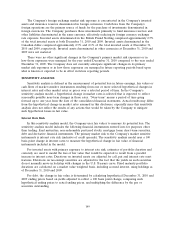 161
161 -
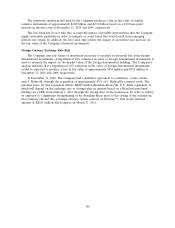 162
162 -
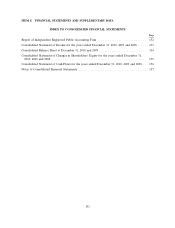 163
163 -
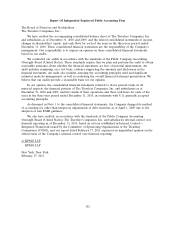 164
164 -
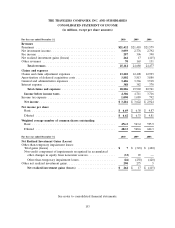 165
165 -
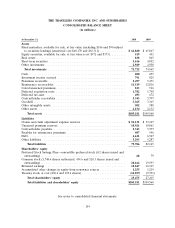 166
166 -
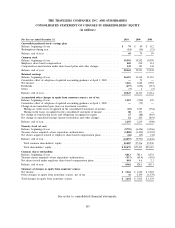 167
167 -
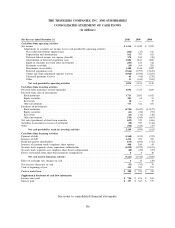 168
168 -
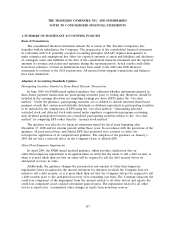 169
169 -
 170
170 -
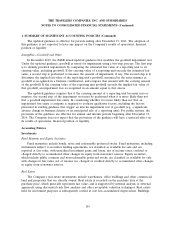 171
171 -
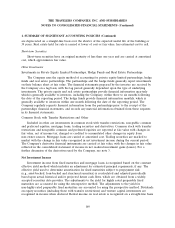 172
172 -
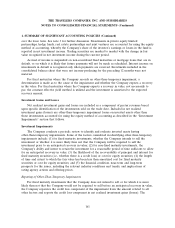 173
173 -
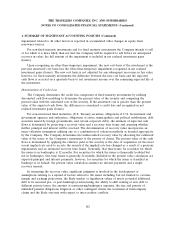 174
174 -
 175
175 -
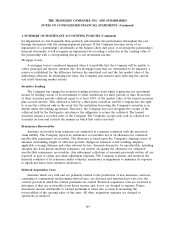 176
176 -
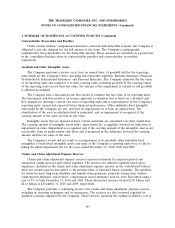 177
177 -
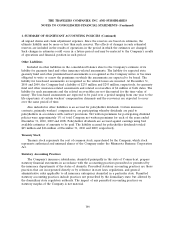 178
178 -
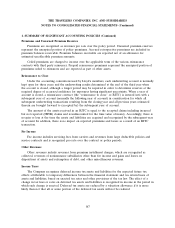 179
179 -
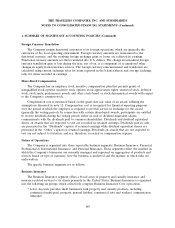 180
180 -
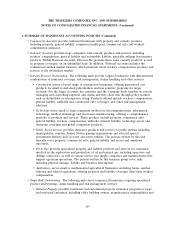 181
181 -
 182
182 -
 183
183 -
 184
184 -
 185
185 -
 186
186 -
 187
187 -
 188
188 -
 189
189 -
 190
190 -
 191
191 -
 192
192 -
 193
193 -
 194
194 -
 195
195 -
 196
196 -
 197
197 -
 198
198 -
 199
199 -
 200
200 -
 201
201 -
 202
202 -
 203
203 -
 204
204 -
 205
205 -
 206
206 -
 207
207 -
 208
208 -
 209
209 -
 210
210 -
 211
211 -
 212
212 -
 213
213 -
 214
214 -
 215
215 -
 216
216 -
 217
217 -
 218
218 -
 219
219 -
 220
220 -
 221
221 -
 222
222 -
 223
223 -
 224
224 -
 225
225 -
 226
226 -
 227
227 -
 228
228 -
 229
229 -
 230
230 -
 231
231 -
 232
232 -
 233
233 -
 234
234 -
 235
235 -
 236
236 -
 237
237 -
 238
238 -
 239
239 -
 240
240 -
 241
241 -
 242
242 -
 243
243 -
 244
244 -
 245
245 -
 246
246 -
 247
247 -
 248
248 -
 249
249 -
 250
250 -
 251
251 -
 252
252 -
 253
253 -
 254
254 -
 255
255 -
 256
256 -
 257
257 -
 258
258 -
 259
259 -
 260
260 -
 261
261 -
 262
262 -
 263
263 -
 264
264 -
 265
265 -
 266
266 -
 267
267 -
 268
268 -
 269
269 -
 270
270 -
 271
271 -
 272
272 -
 273
273 -
 274
274 -
 275
275 -
 276
276 -
 277
277 -
 278
278 -
 279
279 -
 280
280 -
 281
281 -
 282
282 -
 283
283 -
 284
284 -
 285
285 -
 286
286 -
 287
287 -
 288
288 -
 289
289 -
 290
290 -
 291
291 -
 292
292
 |
 |
THE TRAVELERS COMPANIES, INC. AND SUBSIDIARIES
NOTES TO CONSOLIDATED FINANCIAL STATEMENTS (Continued)
1. SUMMARY OF SIGNIFICANT ACCOUNTING POLICIES (Continued)
The updated guidance is effective for periods ending after December 15, 2011. The adoption of
this guidance is not expected to have any impact on the Company’s results of operations, financial
position or liquidity.
Intangibles—Goodwill and Other
In December 2010, the FASB issued updated guidance that modifies the goodwill impairment test.
Under the updated guidance, goodwill is tested for impairment using a two-step process. The first step
is to identify potential impairments by comparing the estimated fair value of a reporting unit to its
carrying value, including goodwill. If the carrying value of a reporting unit exceeds the estimated fair
value, a second step is performed to measure the amount of impairment, if any. The second step is to
determine the implied fair value of the reporting unit’s goodwill, measured in the same manner as
goodwill is recognized in a business combination, and compare that amount with the carrying amount
of the goodwill. If the carrying value of the reporting unit goodwill exceeds the implied fair value of
that goodwill, an impairment loss is recognized in an amount equal to that excess.
The updated guidance requires that if the carrying amount of a reporting unit becomes zero or
negative, the second step of the impairment test must be performed when it is more likely than not
that a goodwill impairment loss exists. In considering whether it is more likely than not that an
impairment loss exists a company is required to evaluate qualitative factors, including the factors
presented in existing guidance that trigger an interim impairment test of goodwill (e.g. a significant
adverse change in business climate or an anticipated sale of a reporting unit). For public entities, the
provisions of the guidance are effective for annual and interim periods beginning after December 15,
2010. The Company does not expect that the provisions of the guidance will have a material effect on
its results of operations, financial position or liquidity.
Accounting Policies
Investments
Fixed Maturity and Equity Securities
Fixed maturities include bonds, notes and redeemable preferred stocks. Fixed maturities, including
instruments subject to securities lending agreements, are classified as available for sale and are
reported at fair value, with unrealized investment gains and losses, net of income taxes, credited or
charged directly to accumulated other changes in equity from nonowner sources. Equity securities,
which include public common and non-redeemable preferred stocks, are classified as available for sale
with changes in fair value, net of income tax, charged or credited directly to accumulated other changes
in equity from nonowner sources.
Real Estate
The Company’s real estate investments include warehouses, office buildings and other commercial
land and properties that are directly owned. Real estate is recorded on the purchase date at the
purchase price, which generally represents fair value, and is supported by internal analysis or external
appraisals, using discounted cash flow analyses and other acceptable valuation techniques. Real estate
held for investment purposes is subsequently carried at cost less accumulated depreciation. Buildings
159
